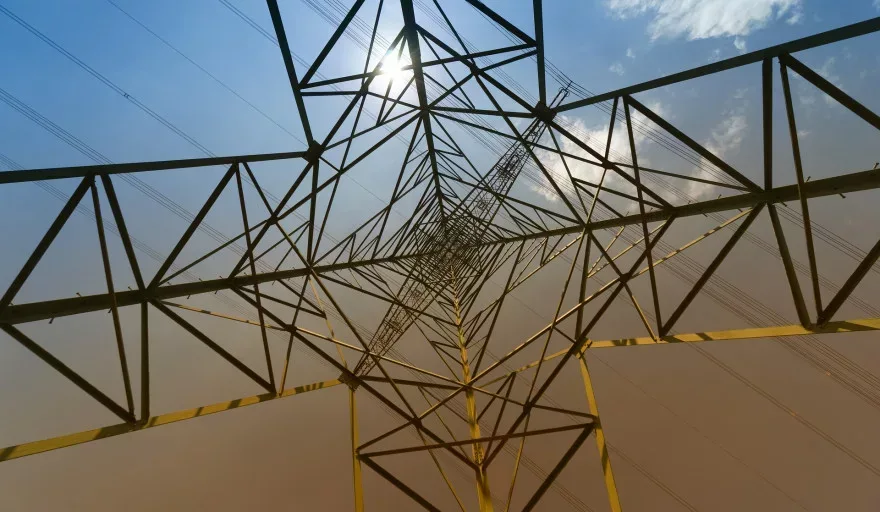Heleen Goussard, Head of Unlisted Investments at RisCura, talks to us about the different ways to explore and analyse the development of infrastructure within Africa.
INTRODUCTION
If one wish could be granted for the African continent, it would be a steady stream of investment capital destined for effective infrastructure development. Anyone who’s visited one of Africa’s 54 countries will agree that adequate infrastructure is sorely lacking – though of course some countries are better off than others.
So, why is investment into infrastructure lacking?
For institutional investors, among the main constraints holding back investment into infrastructure in Africa has been the lack of a benchmark. Infrastructure performance indices are a common investment feature in the rest of the world, as they play a critical role in evaluating the risk return profile of investing in this asset class. Africa has been lagging with no official benchmarks for investment managers to base decisions on, which means much needed investment in this asset class has been lagging too.
Aiming to fill this gap, boosting investment, RisCura has partnered with Africa Investor to launch the continent’s first infrastructure performance index on the first quarter results for 2019, with quarterly insight into investment in this sector thereafter.
The introduction of this index will facilitate increased investment into African infrastructure, which will benefit the people of Africa – and investors. For years, those investing in African infrastructure projects have enjoyed high risk-adjusted returns over the long-term. They say the default rate is low and the returns are attractive, in excess of risk. In other words, investing in African infrastructure presents an exciting opportunity to generate alpha, but without historical data and benchmarks, it’s not easy for newcomers to evaluate the investment case.
UNPACKING THE INVESTMENT OPPORTUNITIES
Consider the case of an institutional investor in the process of making an asset allocation decision within alternative investments. The availability of a reliable performance index allows returns to be compared, not only against a benchmark, but between asset classes. As a result, when considering the investor’s risk profile, an optimal asset allocation can be made.
Over the last two decades, Africa experienced periods of per capita income growth that were higher than those seen in developed nations. However, numerous factors have led to a recent slowdown in the region’s economic activity. Many would argue that the inadequate supply of infrastructure services is one reason for this.
The World Bank has quantified the potential impact infrastructure development would have on Africa’s growth trajectory. According to this research, increasing infrastructure development to levels seen in other developing regions could result in GDP per capita growth increases of at least 1.2 percent annually. Adding in enhancements to the quality of infrastructure would contribute a further 0.5 percent, increasing growth by a total of 1.7 percent annually.
This growth is even more impactful when compared to the world’s leading nations. The impact on GDP growth, from making strides in both the quantity and quality of infrastructure, rises to 2.6 percent annually. Simply put, the potential benefit of funding Africa’s infrastructure deficit is significant.
When looking for answers to Africa’s infrastructure financing needs, it’s easy to look at public investment as the main solution. However, with insufficient levels of infrastructure spend as a percentage of GDP and increasing debt-to-GDP ratios, most African countries have little room in their fiscus to accommodate a higher spend.
The solution could lie with institutional investors. Pension funds’ long investment horizon make them especially suited to infrastructure investments. The potential for these investments to deliver a predictable cashflow stream over a sustained period, coupled with an element of inflation protection is attractive for institutional investors.
So, why are we seeing insufficient levels of capital committed to infrastructure funds?
The reasons are complicated. The investment ecosystem is not yet thriving as African countries are still working on developing significant pools of institutional capital, sufficient asset managers and robust regulatory regimes.
SHEDDING LIGHT, BUILDING HOPE
The introduction of infrastructure performance information for Africa is a simple step in the right direction, given that institutional investors often cite a lack of performance data as a constraining factor when considering infrastructure allocations.
As every investment manager knows, diversification is the only free lunch in investing. Africa is an important global diversification opportunity, and the infrastructure asset class offers further diversification. To date, most international institutional investors have been missing out on the opportunities presented here, but we believe the access to historical information this index will provide is going to change this.
The RisCura Africa Investor Infrastructure Performance Index will release performance information for this asset class quarterly, with the first data anticipated to be released in Q2 2019.
The proprietary method and metrics by which we will calculate performance will include, but not be limited to: Internal rate of return (IRR); times money; Public Market Equivalent method, Steve Kaplan and Antoinette Schoar (2005); direct alpha method.
This initiative enjoys the support of the African Sovereign Wealth and Pension Fund Leaders Forum, the World Pensions Council, BATSETA, and official institutions such as NEPAD/African Union and the EDFI, the Association of bilateral European Development Finance Institutions, among others.































